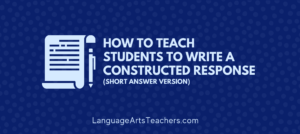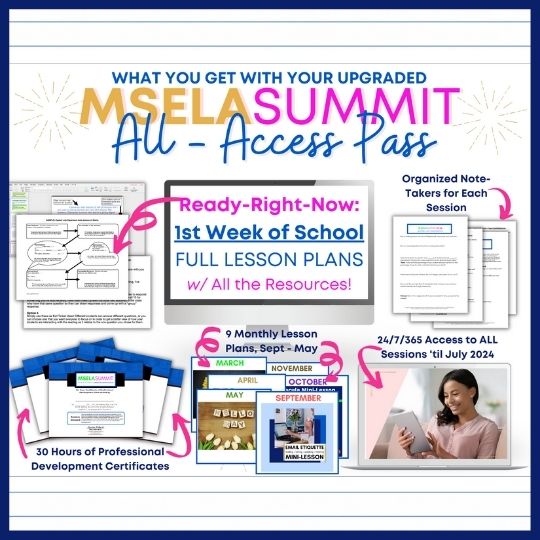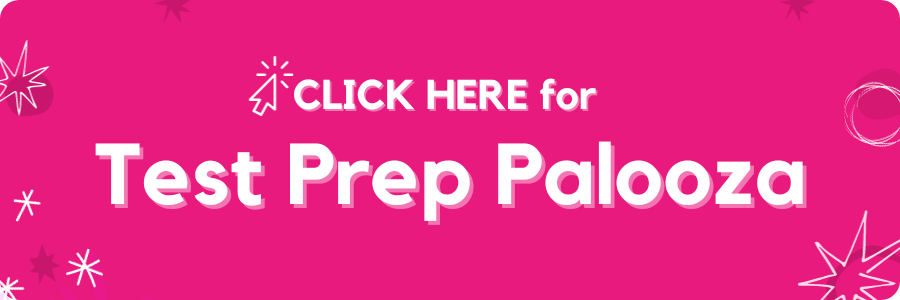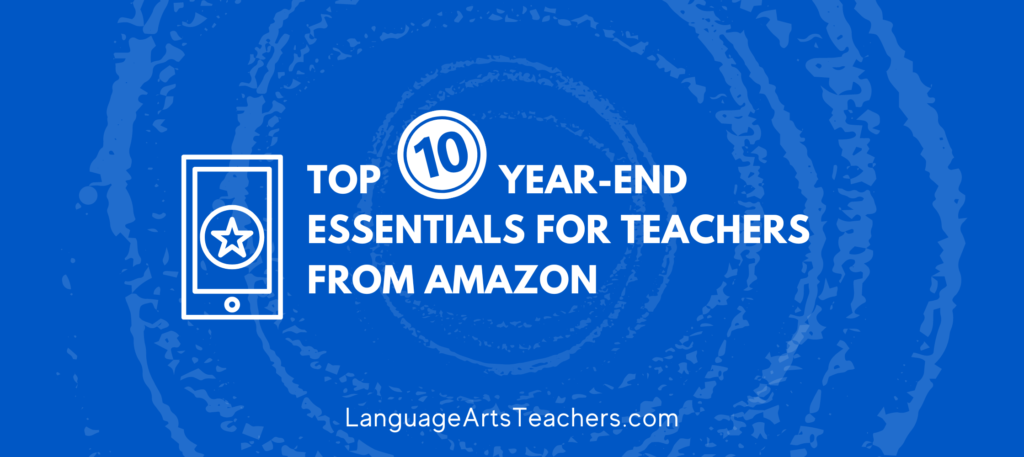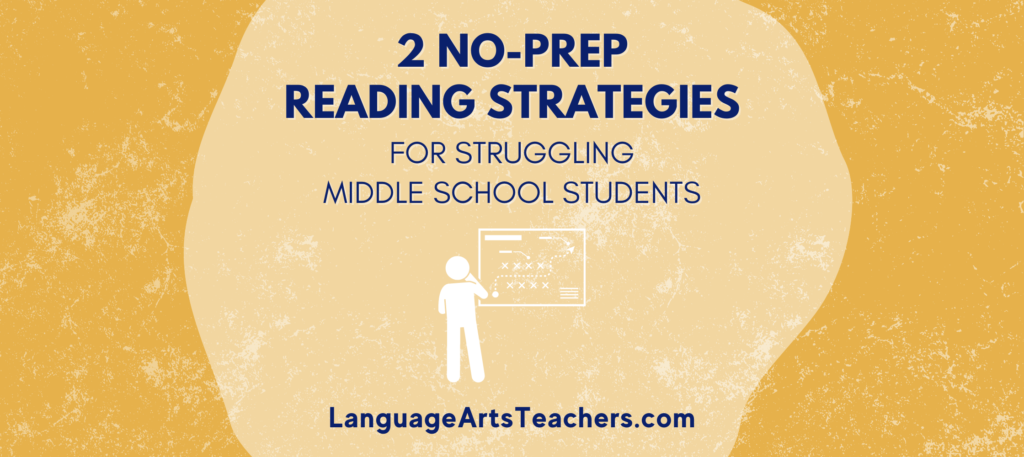For Middle School Writing Teachers:
Whether you’re prepping your students for an upcoming test, or simply looking for hands-on examples to use all year long that teach the constructed response, I’ve got you covered.
When it comes to standards that require students to use text evidence to write a “short answer” response (as in a paragraph rather than a sentence), they often struggle with “What do I write?” or “I don’t know what to say next” and become stuck.
That’s how we end up frustrated when what we expected and modeled are not aligned with what students actually do.
I have just the no-prep-whatsoever resource to help with this.
When you grab your ticket to the on-demand Test Prep Palooza event I hosted recently, you’ll get the short mini-lesson I swear by so you can see what I’ve done successfully again and again in my middle school ELA classroom.
The mini-lesson can be used for your own reference as a teacher, or you can go through it with your students so you’re all learning together. It’s a short but wildly-impactful mini-lesson that takes you through the literary analysis paragraph writing process with your students. While it specifically refers to the novel Esperanza Rising by Pam Munoz Ryan, I know it will get the wheels turning and give you a starting point (or a fresh perspective) for helping your students write more thoughtful short answers.
Use the scaffolded, ready-made graphic organizers I’m giving you in my Test Prep Palooza show-n-tell session, and you’ll see a few different things you can do with it for ensuring solid constructed responses:
• An option that contains “what” to write for each part
• An option with an example paragraph from the slides filled in already like this one:
• A blank version that allows you (the teacher) to edit it and to fill in your own ideas or suggestions on that graphic organizer in case you want to modify it to fit your specific needs in the classroom.
{Seriously, though→ Come to Test Prep Palooza whether you’re in “testing” mode or not because the engaging strategies and resources on this⬆stuff will benefit your students all year long while saving you hours each week!}
The graphic organizer collection will allow your students to think about each sentence of their open-ended literary responses separately (one at a time) while also seeing how one thing leads to another in the paragraph.
Once students have completed the graphic organizer, you can have them leave it at that since not everything we write must be carried to its full completion.
Or, go ahead and have them re-write the information in the organizer as a paragraph. This is eye-opening for some students who may surprise themselves that they wrote “that much!” It’s happened in my own class multiple times!
For easy grading on your part, have students turn in both the organizer and the actual paragraph because just a glance between the two will give you enough to assess holistically . . . Especially if you have students number or label their sentences in the paragraph so you can quickly confirm at-a-glance that all parts are there.
Because it’s easier to “show and tell” with a mini-lesson like this, you’ll definitely want to join us for the one & only virtual test prep event to help Middle School Reading + Writing Teachers review for “The Test” without feeling like you’re actually reviewing.
Still, here’s a quick overview of that mini-lesson so you can get started right away.
As I mentioned, this constructed response mini-lesson is based on the novel Esperanza Rising by Pam Munoz Ryan. Whether your students have read it or not, use the same process and the same types of examples based on something you have all read.
STEP ONE
I show my students three different writing prompts:
- Explain why Esperanza feels jealous of Marta.
- Explain why Esperanza “did not let go of Miguel’s hand” when he held her hand. What is different now?
- Explain what you think the biggest challenge will be for Esperanza in her new life.
STEP TWO
We write together.
- The class chose one of the options to write about.
- I typed it on the computer as the class told me what to write. We did this together and we changed and edited and revised until it sounded great!
- In small groups, students chose one of the other two options and wrote a rough draft together. I held a lot of hands here…
- Once it passed inspection, they rewrote it on a large piece of plain butcher paper and color-coded the three parts of the paragraph (intro, explanation with quotes, and conclusion.
- We put them up for display + discussion, which was really important because it showed them that there is more than one right way to respond to a prompt.
- Finally, students worked on the last of the three options independently.
In all, ^that process took us three 45-minute class days (including the warm-up or bell ringer we use to start class with each day).
Now one important aspect of crafting a successful constructed response that I didn’t touch on here in detail is HOW to help students embed their quotes or text evidence. At Test Prep Palooza, I dedicated an ENTIRE session to exactly that piece of it. Get your ticket by clicking here because you’ll love the show-and-tell I have for you on that topic, and I know the ready-made resources you’ll get will serve you all throughout the year.









